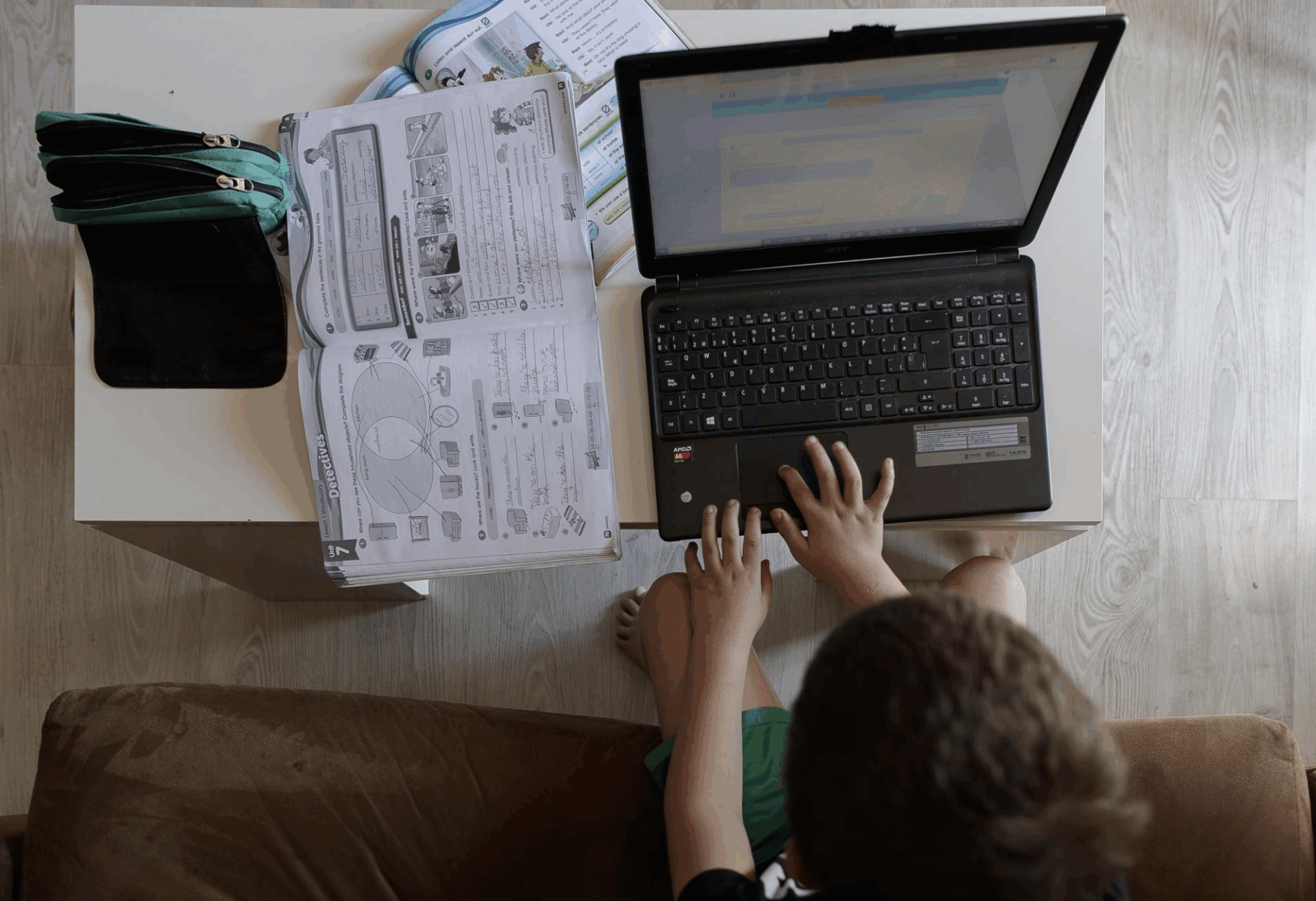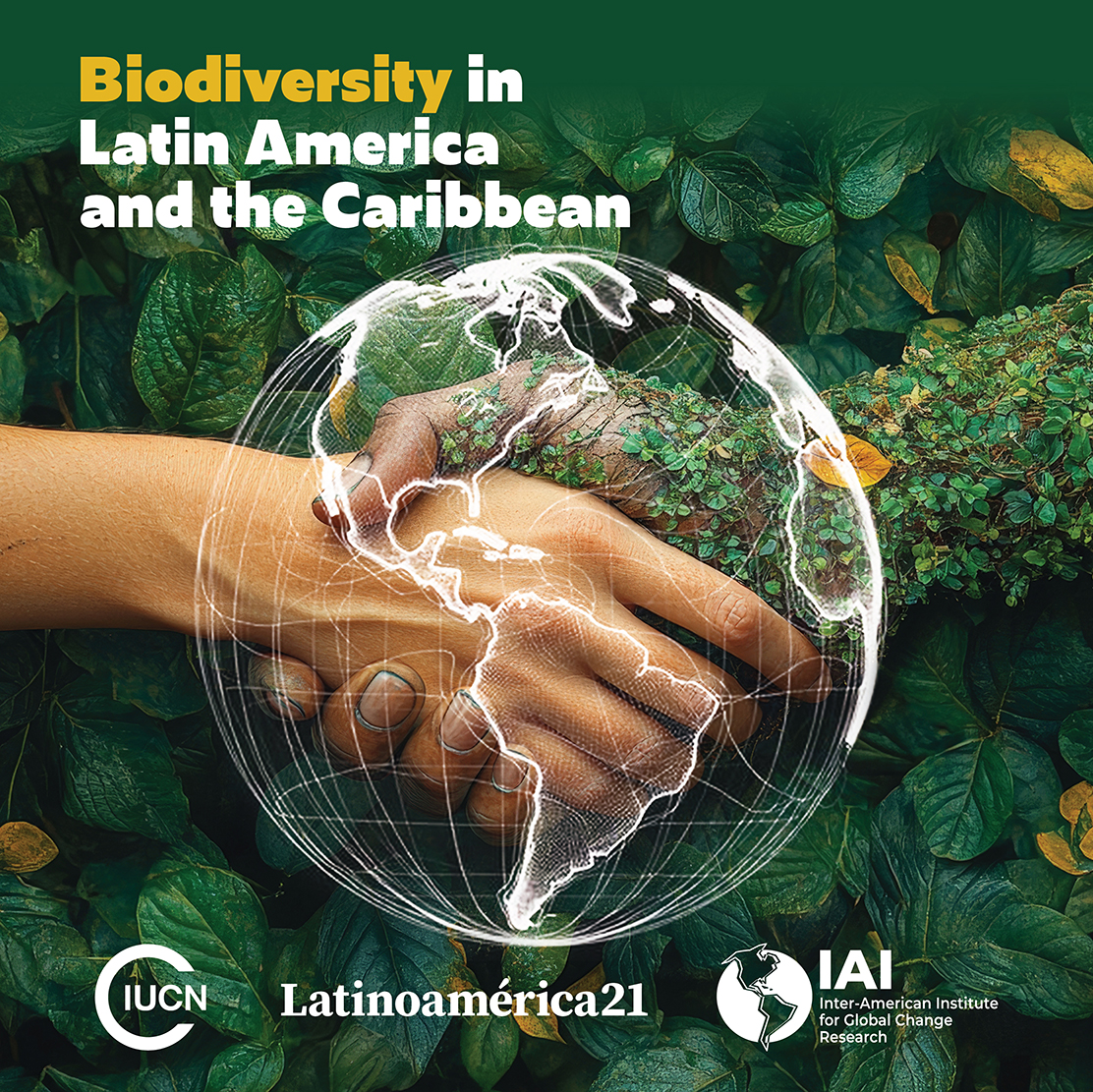What do a school laboratory, a cutting-edge data center, and a formal council of children and adolescents have in common? The answer is becoming increasingly clear: digital childhoods have the potential to offer fresh and informed perspectives and to influence decisions that will shape their future.
On June 30, 2023, Chile’s Ministry of Science, Technology, Knowledge and Innovation (MinCiencia) established the first National Council of Children and Adolescents (CNNA), composed of 16 representatives. The CNNA will be renewed this year, ensuring gender parity and regional representation.
This milestone goes far beyond symbolism: it recognizes that “digital natives” are not just consumers of technology—they can also help design more sustainable and inclusive policies. They intuitively understand the risks and opportunities of the digital environment and, most importantly, they want to be heard, share their ideas, and be agents of change in political decision-making.
Through this initiative, Chile takes a decisive step toward fulfilling Article 12 of the UN Convention on the Rights of the Child, which guarantees children’s right to express their views on all matters affecting them.
And the need is urgent: Chile’s digital infrastructure has grown exponentially, with installed data center capacity rising from 35 megawatt (mw) in 2013 to 198 mw in 2023. That figure is expected to triple within five years. To address this boom, the government held a public consultation on its National Data Center Plan. In 2021, it also launched the Strategy for Technology Development and Transfer for Climate Change (EDTTCC), aimed at achieving carbon neutrality by 2050, as well as a participatory framework that integrates government, civil society, and scientific stakeholders. Yet in all of these processes, the voices of children and adolescents (NNA) have been absent.
Today’s children are digital natives who have grown up socializing and learning in hyperconnected environments.
A 2021 UNICEF report estimated that one in three internet users is under 18 and emphasized the importance of incorporating their perspectives to better balance the risks and opportunities of the digital age. This is not about handing over complex decisions, but about drawing on their lived experience: they know better than anyone the access gaps, privacy pitfalls, and boundaries and possibilities of artificial intelligence. Their participation is not just a right—it is an opportunity to enrich public policy design.
Chile’s creation of a formal youth council sets a regional example. It has also begun to institutionalize this participation through its Explora program from the Ministry of Science, Technology, Knowledge and Innovation, which has promoted scientific engagement and critical thinking within schools for nearly 30 years.
Those who claim “children aren’t mature enough” often underestimate the power of a good participatory methodology. Finland’s experience shows that, with the right training and support, children and adolescents can contribute rigorously and effectively. One example is the RuutiBudjetti project, which since 2013 has extended Helsinki’s participatory budget to youth, allowing children aged 12 and older to propose and vote on the use of public funds. Far from being an isolated case, Finland has institutionalized co-design spaces for youth, proving that the combination of technical preparation and expert guidance yields creative and feasible proposals.
For other countries to follow Chile’s lead, they must create real participatory spaces for children and adolescents in key sectors such as energy, data governance, and climate change. These spaces must ensure diverse representation across regions, genders, and socioeconomic backgrounds, and use methodologies adapted to age and context.
This means offering technical training workshops in accessible language, along with virtual surveys and in-person dialogues moderated by experts. In fact, Chile’s Ministry of Science is already formalizing this participatory approach in its 2024–2032 Action Plan, aligned with Law No. 21.430 on Guarantees and Comprehensive Protection of the Rights of Children and Adolescents.
But listening is not enough: their proposals must be formally integrated into public policies, legislative frameworks, and official reports, with transparent publication of how much of their input is actually implemented. This effort can also be expanded by building international networks of youth councils, linking science ministries across Latin America, Europe, and North America to share experiences, methods, and joint initiatives.
These efforts are not only necessary—they are entirely feasible. Chile has already shown that it is possible to convene and structure a youth council with institutional backing. Finland, in turn, has shown that investing in youth training and participation yields real-world results in transparency and collective well-being.
Both cases prove that children are not just passive recipients of public policy—they are agents with knowledge, legitimate concerns, and rights to exercise. Including their voices not only enriches decision-making processes but also brings creativity, democratic legitimacy, and long-term vision.
The technological and climate future is being shaped right now. And its most visionary stakeholders may not yet be old enough to vote. Are we ready to listen?
Co-author: María Schmukler is a researcher and professor specializing in science, technology and policy. She advises on global environmental change, community participation and gender, equity, diversity and inclusion policies.
*Machine translation, proofread by Ricardo Aceves.














